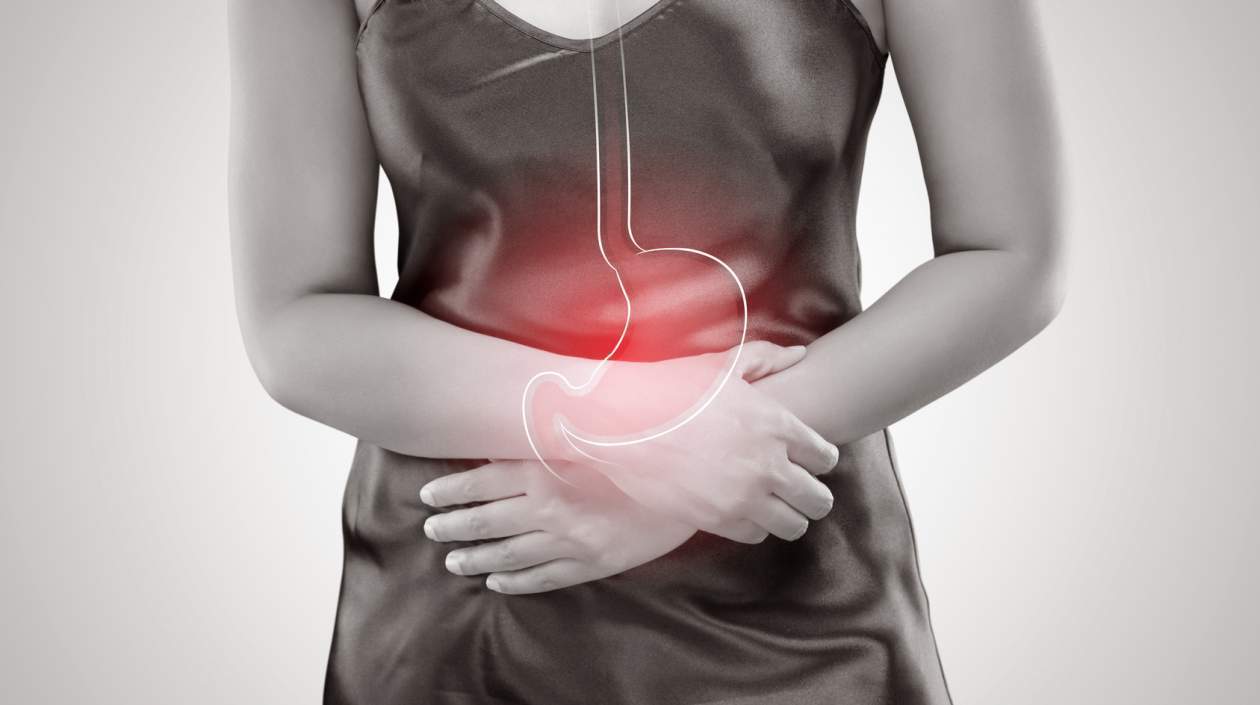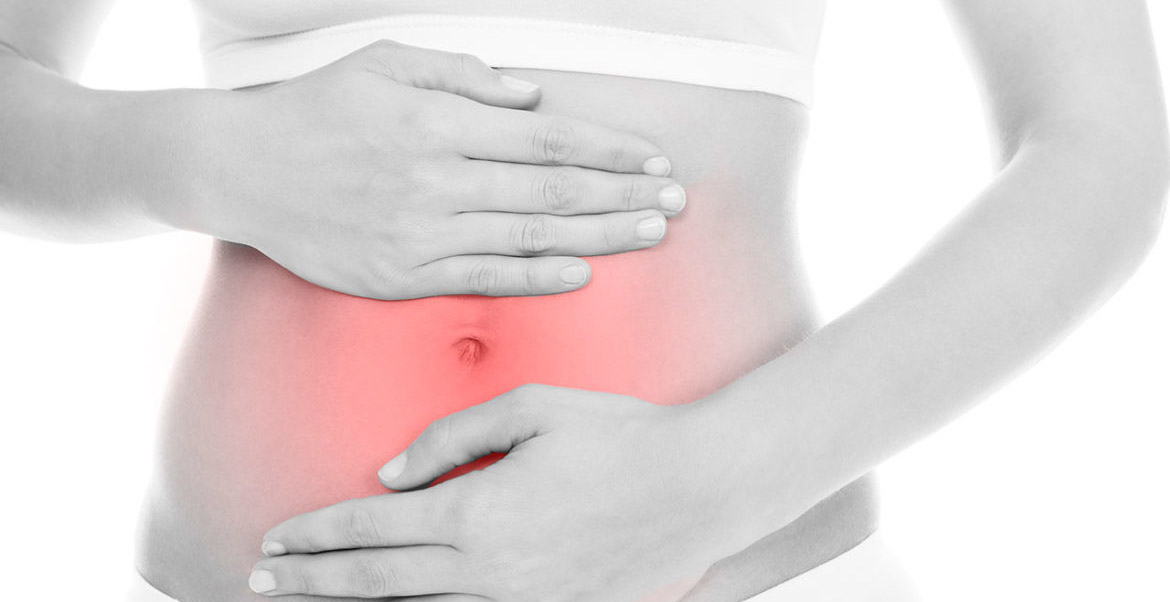[et_pb_section bb_built=”1″][et_pb_row][et_pb_column type=”4_4″][et_pb_text _builder_version=”3.13.1″]
Constipation is a punctual inability to evacuate the intestinal content after a lapse of time and effort, or the absence of bowel movements for three days or more.
Constipation involves less stool volume, more effort to pass stools, more hardness of stools, feeling of incomplete evacuation or absence of desire to defecate.
There are mainly three types of constipation:
Acute constipation: of sudden appearance, caused by some recent change (a new medical treatment, problems of stress, pregnancy …), and that ends when solving the causal agent. It is the most frequent type of constipation in children.
Chronic constipation: definite origin and distant in time, with frequent relapses. It is usually common in adults and the elderly.
Idiopathic constipation: unknown origin and undetermined treatment, with compromised efficacy.
From a medical point of view, it is possible to distinguish:
Functional constipation, which could correspond to an alteration of peristalsis, to a decrease in fluid intake, to a situation of sedentary lifestyle.
Organic constipation, as a symptom of some gastrointestinal disease such as obstructions, tumors, hernias, etc.
The main causes of constipation are:
- Stress
- Diet poor in fiber and liquids; especially water, because drinks with gas or caffeine (coffee, tea) can cause alterations in intestinal transit.
- Little or no physical exercise.
- Conditions related to the intestine such as: thickening of the intestinal wall, inflammation, tumor presence, irritable bowel syndrome.
- Hypothyroidism or diabetes.
- Neurological diseases.
- Pregnancy.
- Senescence.
Use of certain medications Opioid analgesics such as tramadol, fentanyl, buprenorphine, morphine, etc. are very common. Others such as antacids, antidepressants and some medications for high blood pressure.
The causes of constipation are very varied, so this condition requires the follow-up of a health professional to determine the most appropriate treatment in each specific case, and prevent a worsening of the disease, or the appearance of side effects due to misuse of the treatment. .
Recommendations:
Soluble fiber: they are mainly found in fruits and vegetables, especially apple, orange and carrot. Another form of soluble fiber is found in bran flakes, oats, barley, and legumes such as beans, lentils, and beans. The influence of this fiber in the digestive tract is related to its ability to retain water and form gels.
Insoluble fiber: this type of fiber mainly includes cellulose, lignin and some hemicelluloses. The foods that contain the largest amount of this fiber are whole grains, such as the bran layers of grains such as wheat.
It is advisable to use a mechanical laxative.
If it fails, contact laxatives should be used
Ultimately, the alternation of contact laxatives with mechanical laxatives should be assessed.
Always take care of your health with a unique and efficient service. Visit Pharmamedic.
[/et_pb_text][/et_pb_column][/et_pb_row][/et_pb_section]







